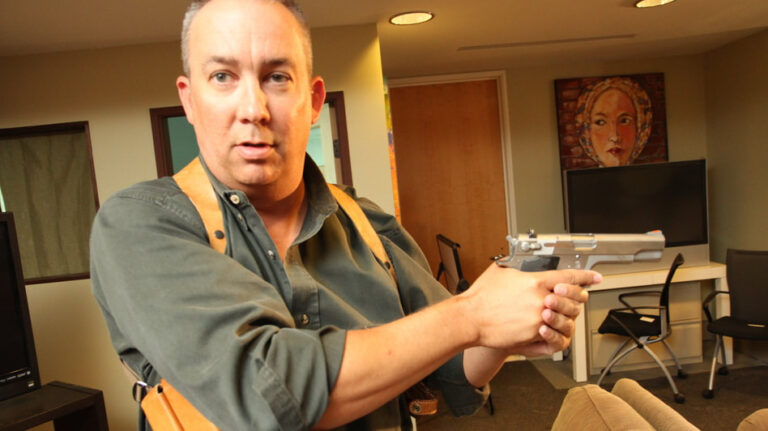Mystery Writer Stumbling Blocks

Things That Go Wrong in A Mystery Novel
Writing a mystery is challenging. You have a puzzle to create, a detective to solve the puzzle, a victim, villain, and conflict for your protagonist as they solve the puzzle. It’s easy to fall in love with your story creating exciting challenges for your protagonist, creating red herrings, and leading your reader on a path to discovery and revelation.
With so many components in your novel, it’s easy to get lost along the way. The character in your head may not come to life on the page. The series of conflicts may be just that without raising the stakes to build tension. The crime scene may be unrealistic. Or the story plods along without a twist.
With all of the challenges involved in writing a mystery, you may stumble along the way. If you are an aspiring mystery writer, here are some things to avoid as you create your mystery.
Too Many Subplots and A Confusion of Events
You may think that adding conflict events and subplots make your story suspenseful and interesting. They do. However, too many can confuse your reader. Conflict, just for conflict, doesn’t necessarily build suspense, that element that gets readers turning pages. And many subplots divert your reader from the main mystery story.
When you introduce conflict for your protagonist sleuth, make sure that the conflict is related to solving the mystery puzzle. A fight scene, just to have a fight scene, doesn’t add to the story. Your reader relies on your sleuth to help them solve the puzzle. And, as the story progresses, raise the stakes for each conflict. Make the consequences to your character significant to solving the puzzle.
Subplots, too, drive the mystery puzzle. Your sleuth may have a love interest, but make sure their encounters disrupt or add to the main story. If you are writing multiple points of view in the tradition of P.D. James, Elizabeth George, and Ann Cleeves, make sure that all those backstories raise questions about the present mystery puzzle.
Your Main Characters are Clichés
If you want readers to be excited about your book, make your characters distinctive by giving them unique traits that still fit the mystery genre. It doesn’t take much reading in the genre to find detective traits that are almost tropes, but shouldn’t be:
- hardcore alcoholic detective
- a detective with relationship issues
- a detective who possesses some sort of a supernatural power
- a sexy female detective torn between two love interests
- a rookie detective partnered with a veteran detective
Invent a character that differs from these clichés. You may set a trend. Think of Ann Cleeves’ Vera Stanhope. So now there’s a new cliche, the cantankerous, middle-aged female detective.
Unrealistic Crime Scenes or Procedures
Most mysteries include a killing. You need to know how the instrument of death, like a weapon or poison, works. It takes effort for a villain to stab someone. Toxic poison reactions can be immediate or take hours to work their destruction. Take the time to research how physical blows and bullet wounds affect the body. You’ll create evidence for your detective.
Mystery writer, JB Clemmens, advised:
To make your crime scenes more realistic, you must do some research. Find out the what’s, why’s, and how’s of crimes.
If your detective is a member of law enforcement, know the basic procedures in crime investigation. If they are in a large city, they’ll be interviewing witnesses but won’t be doing forensic evaluations. Those are performed by a separate team.
Absence of Twist Logic
You want suspense and surprises in your story. They keep your reader involved, caring about your characters, and turning pages. But your twists that set your protagonist in a new direction must come from the story. Your protagonist must be proactive. A deus ex machina in the form of another character interpreting a clue is just as disappointing in the middle of your story as it is at the end.
Let the logic of the story be your guide when you create a twist. How has your character overlooked an important clue? How did a suspect set them on a false trail? A twist must evolve naturally from what came before in your story.
Leap Over the Stumbling Blocks
A combination of solid research and building strong character backgrounds will help you write a mystery that has a strong storyline, avoids cliches, is realistic and creates surprises that are organic to your story.
Write A Killer Mystery is the course that helps you stay on track writing a strong story.
Photo by Nadine Shaabana on Unsplash




